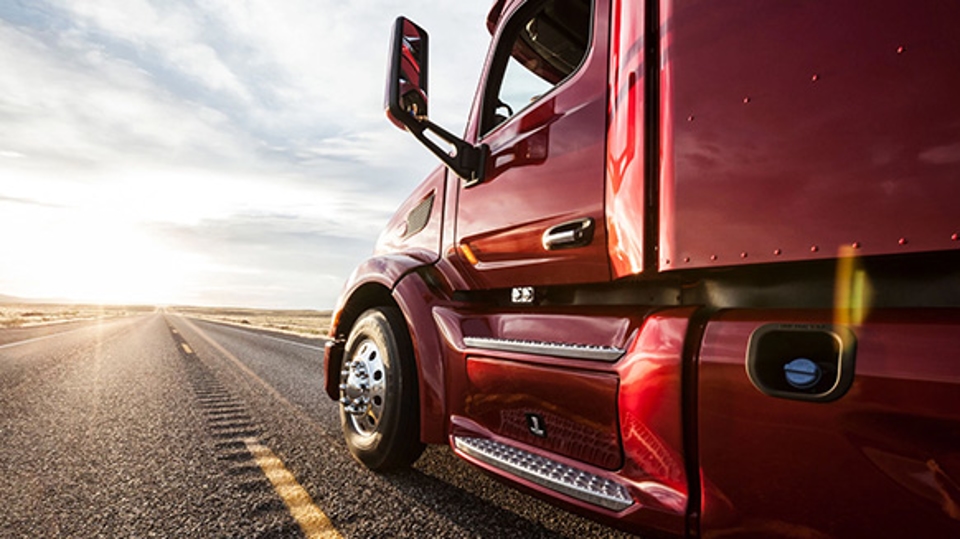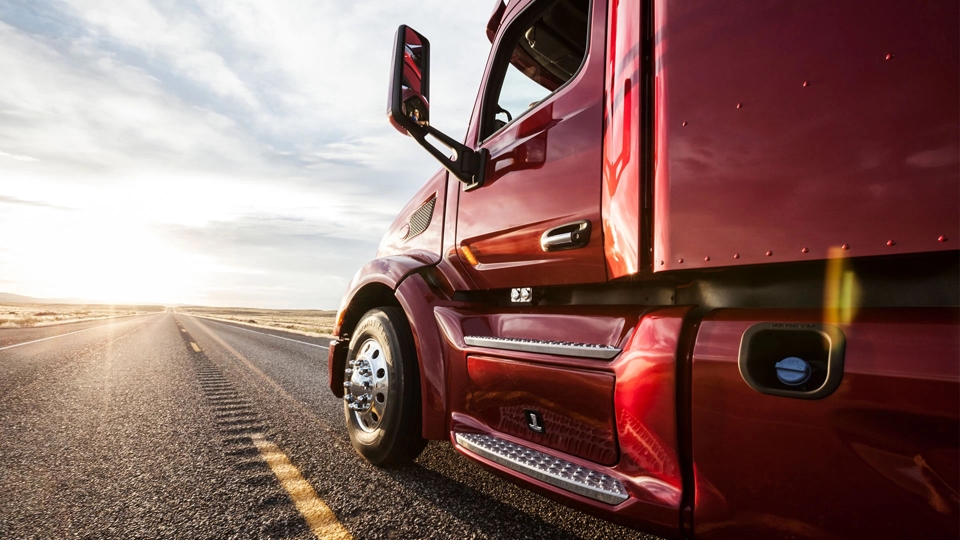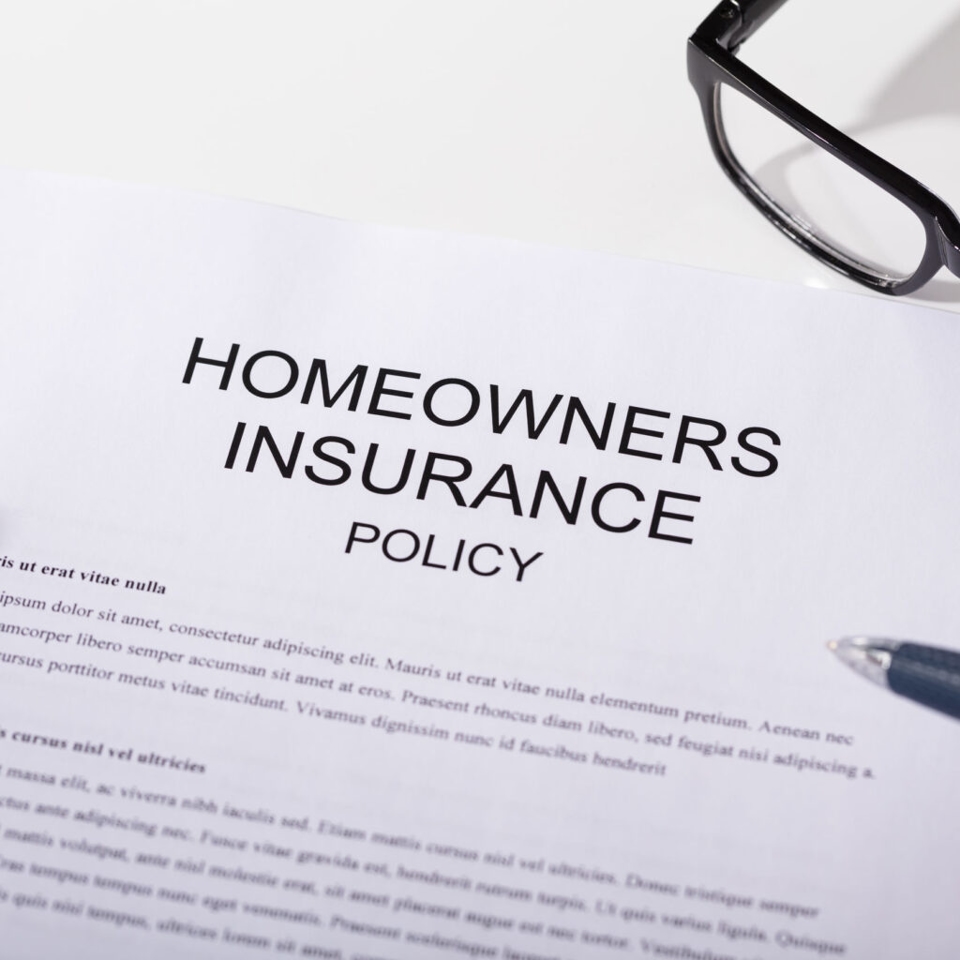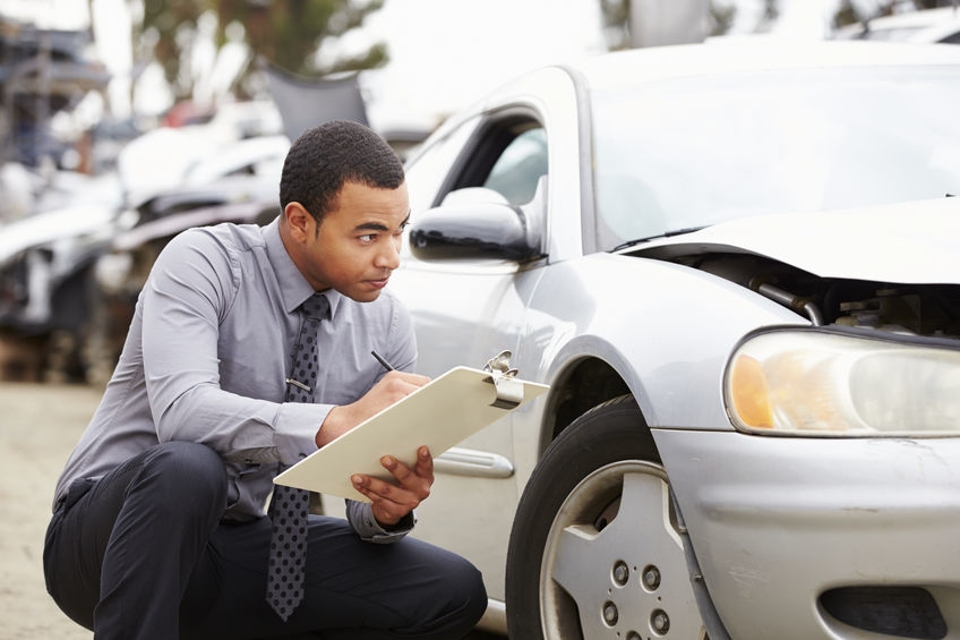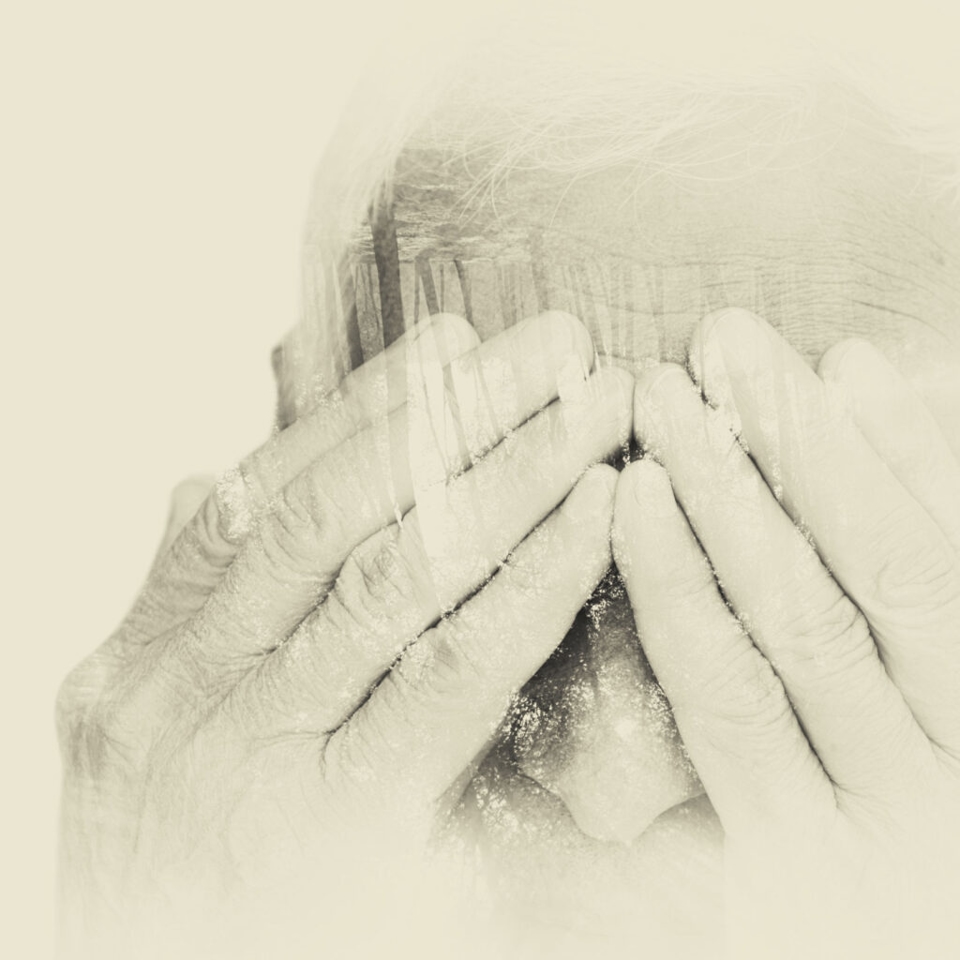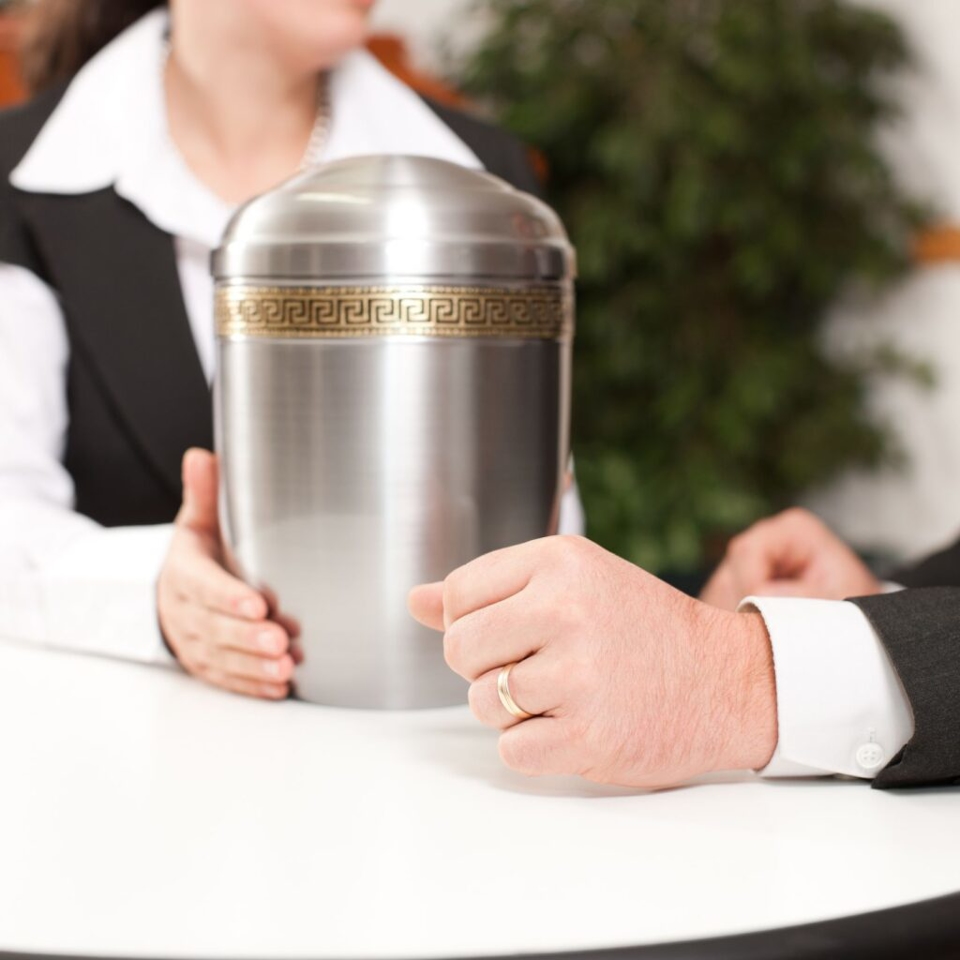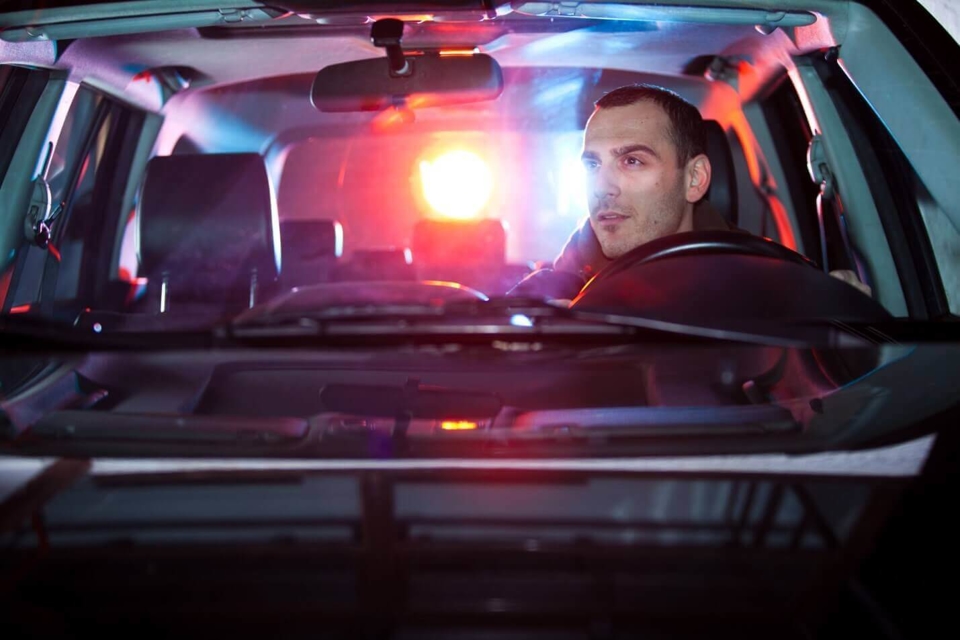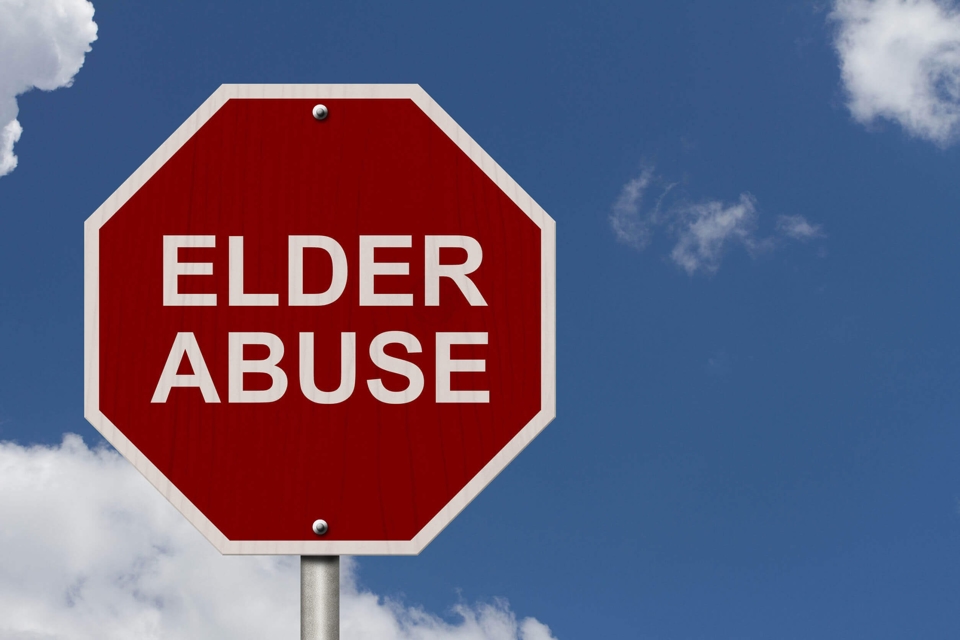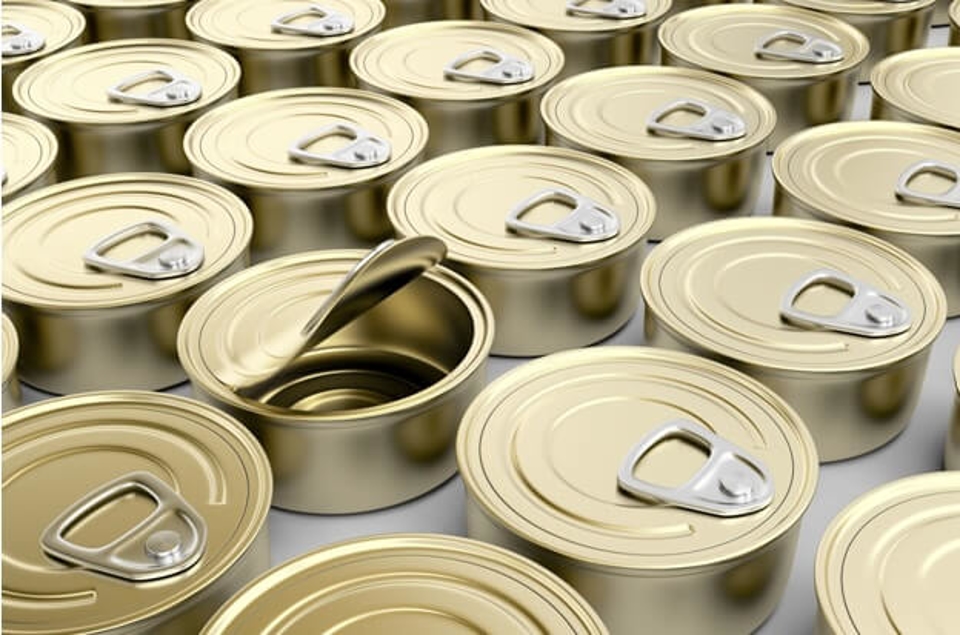Blog
Featured Posts
-
Truck Accidents
View More -
Auto Accidents
View More -
Personal Injury
View More -
Personal Injury Lawyer
-
Food Borne Illness
-
Pedestrian Accidents
-
Wrongful Death
View More -
Children Injuries & Accidents
View More -
Slip and Fall
View More -
Sports Venue/Stadium Injuries
-
Swimming Pool Accidents
-
Ride Sharing Accidents
-
Work Related Injuries
-
DUI Accidents
-
Motorcycle Accidents
View More -
Bicycle Accidents
-
Bike Accidents
View More -
Boca Raton Work Injury Lawyer
-
Distracted Driving
-
Bad Faith Insurance
View More -
Auto Accident Attorney
-
Dog Bites / Animal Attacks
-
Amusement Park Accidents
-
Rental Car Accidents
-
Lyft
-
Boca Raton motorcycle accident lawyer
View More -
Accident Attorney
View More -
Bounce Houses
-
Boca Raton Child Injury Lawyer
-
Electrocution
-
Holiday Safety
-
Boca raton Negligent Security Lawyer
-
Child Injuries
-
Auto Accident Lawyer
-
Personal Injury Attorney
-
Truck Accident Lawyer West Palm Beach
-
Hotel Accidents
-
Uncategorized
View More -
Boca Raton Swimming Pool Accident Lawyer
-
Auto Accident
View More -
Halloween
-
Accidents
-
Defective Products
View More -
AIRbnb
View More -
Defective Drug Injury Lawyer Boca Raton
-
Boca Raton Child Accident Lawyer
-
Boca Raton Boat Accident Lawyer
-
Boca Raton Product Liability Lawyer
-
Product Liability
-
Fraud
-
Accident Lawyer
-
Auto Accident Lawyer Boca Raton
-
Injury Lawyer
-
Premises Liability
-
Boca Raton Nursing Home Abuse Lawyer
-
Nursing Home Abuse
-
Funeral Home Negligence
View More -
Electrical Injuries
-
Pharmacy Negligence
-
Legal Malpractice
-
Drunk Driving Injuries
-
Boca Raton Accident Lawyer
-
Technology
-
Keurig Coffee Maker
-
Cruise Accident Lawyer
-
Bicycle Accident
-
Boca Raton Child Injury & Accident Lawyer
-
Defective Product
-
Accident Injury Claim Compensation
-
Drunk Driving Accident Lawyer
-
Boca Raton Wrongful Death Lawyer
-
Defective Product Lawyer Boca Raton
-
Aggressive Drivers
-
Boca Raton Construction Accident Lawyer
-
Construction Accidents
-
Boca Raton Cruise Ship Accident Attorney
-
Boca Raton Elder Abuse Lawyer
-
Auto Defects
-
Defective Product Lawyer
-
Talcum (Baby) Powder
-
Boca Raton Product Liability
-
Boca Raton
-
Injury attorney





